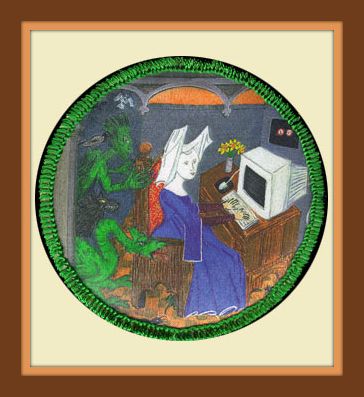
But, it reinforced some of the other things I've been reading and thinking about. Especially with regards to meat. It turns out that raising beef is particularly resource intensive--7 pounds of corn to get 1 pound of beef. Chicken is more efficient, requiring more like 2.5 pounds of corn to get 1 pound. But, as developing countries increase their meat consumption to approach per-capita Western consumption, more and more corn will be required; if everybody consumed at Western levels, it is nearly impossible to produce the amount of corn that would be needed.
Combine this idea with the CAFOs that Pollan describes, and I'm thinking that we should eat less meat overall. I don't think we need to become vegetarian, but maybe trending toward flexitarian.
Monday, July 21, 2008
The End of Food
Going along with all my other food inspired reading, I picked this one up after hearing Paul Roberts speaking on NPR. This is like Michael Pollan somewhat, except on a global scale. So, instead of talking about Joel Salatin in Virginia and the intricate system that he utilizes to strategically use grass and cow and chicken manure, and pigs, chickens, and cows' natural behaviors to produce an amazing amount of eggs and meat on a relatively small parcel of land, Roberts describes a Japanese farmer who uses ducks in rice paddies. He looks at the global food market and the way the agribusiness and food companies have tried to convert food into any other commodity. Unfortunately, Roberts doesn't have any kind of narrative hook like Pollan (tracing four meals from the field to the dinner table) and the book bogged down quite a bit for me.
Labels:
Off the Stacks
Subscribe to:
Post Comments (Atom)

1 comment:
i think you've confused salatin's approach somewhat. at polyface farm they feed *no* corn to their beeves. their cattle are entirely pasture fed with no supplemental grains required. it is a return to the natural feed of herbivores as with the bison and the great plains. the "modern" approach of cafos with grain feed is very unnatural and unhealthy to the cattle. consequently it is also inefficient from a total resource and downstream cost standpoint. the pasture based model joel salatin at polyface endorses (as did pollan in the omnivore's dilemma) a much more robust and sustainable model derived from natural pastures.
Post a Comment